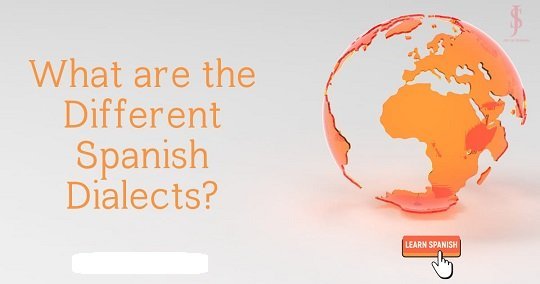Spanish is an important and one of the most spoken and popular languages of the Indo-European language family. Spanish is a global language with most of the speakers in Spain and the Americas. This language is also popular among ardent language learners; around 500 million people speak it as their second language. Spanish also holds the privilege of being the official language of 20 countries and also part of the United Nations’ official languages. The language has a long and rich history that is there for language learners and researchers to explore. Overall, the language enjoys great popularity and professional Spanish translation services are also in most demand as compared to other languages for business purposes.
The Spanish language has great similarities with its fellow romance languages in terms of grammatical composition. It happens to be a fusional language. There are two genders and two numbers this language works with. Other than the grammar and phonology, different dialects of Spanish are spoken in different regions. The one that they speak in Spain is different from Mexico and so on.
Spanish Dialects
Dialects are an important part of any language and are also important to consider while translating for that particular language. When it comes to Spanish being a company you might not be able to connect well with Spanish audiences residing in Spain if you opt for Spanish translation in the dialects that are rather more common in Mexico or the USA. Though all of these dialects have a standard and defined basic written pattern, the spoken variants are naturally different due to the influences they have of their fellow languages in that particular region. Similar goes with the Spanish. European Spanish which is also known as Peninsular Spanish is different from what they speak in the Americas.
Three of the most in-use Spanish dialects are;
- Castilian Spanish
The Castilian Spanish is an official variant in Spain. They also refer to it as Castellano. This variant has the composition of the dialects that they speak in central and northern parts of the country. This may include Seville, Madrid, and a few others. This also works as the founding dialect and base for most of the Spanish dialects that they speak across the globe.
Being an official language in Spain, Castilian Spanish is also used to educate, for media including TV, radio, and newspapers. They also use similar dialects to communicate officially all across Spanish-speaking countries. This is why businesses have to seek professional Spanish translation services in Castilian Spanish mostly.
Examples
- De nada – You are welcome
- Lo siento – I am sorry
- Por favor -Please
- Rioplatense Spanish
This is another important version of the Spanish language. This is said to have originated from Argentina, a few parts of Bolivia, and Paraguay. This version of Spanish is particularly different due to a distinct and unique intonation. There is relatively more use of ‘vos’ instead of ‘tu’ for the informal second person singular and overall known as distinctive ‘voseo’.
Rioplatense Spanish has been adopted by the authorities and government organizations in Argentina, Paraguay, and Bolivia for everyday communication as well as media and education. It is important to mention here that official documents and formal communication are carried out in the original Castilian Spanish to avoid complications. This is important information to be mindful of while dealing with translation in Spanish to avoid despair. You can also collaborate with a local translation agency accordingly.
Examples
- Che is considered a versatile word in Spanish. Che mira -Hey look
- Vos, they use instead of “tú” for the informal second-person singular pronoun
‘Vos tenés hambre?’ – Are you hungry?
- Estoy bárbaro/bárbara: Informal response meaning “I’m great” (literally “I’m barbaric”).
- Mexican Spanish
Mexico has the largest number of Spanish speakers after Spain. 99% of the population speaks Spanish in the country. It is also referred to as Espanol mexicano and talks about the varieties and sociolects of the Spanish language that is spoken in the United Mexican States. This dialect of the Spanish language is the most spoken dialect with up to 120 million speakers.
When it comes to vocabulary, there are words of Mexican Spanish that have come from indigenous languages already part of Mexico such as Nahuatl and Mayan. The loanwords from English are naturally part of the language due to the proximity to the United States. Examples may include chile which means pepper from Nahuatl and ‘carro’ which is for a car in English.
There is this trend of using double negatives in this variant. They use it for a greater emphasis. For instance, No lo se nada which means I don’t know anything at all.
When it comes to pronunciation Mexican Spanish has distinct sounds as compared to Castilian Spanish. For instance, a ‘c’ before ‘e’ or ‘I’ can have a pronunciation such as ‘s’. An example may include Cebolla which means onion.
The translation of the different dialects can get tough and difficult which is why it is important to rely on a professional translation agency only for the accurate translation and best results.
Conclusion
Being the world’s most celebrated language, Spanish is a romance language. It is also included in United Nations official languages. Translation services to and from Spanish are quite in demand for different purposes. You must be aware of the Spanish version you are going to translate for better and more accurate translation. Three of the important Spanish dialects are Castilian Spanish, Rioplatense Spanish, and Mexican Spanish.
Read also more blog timesboat.com .






